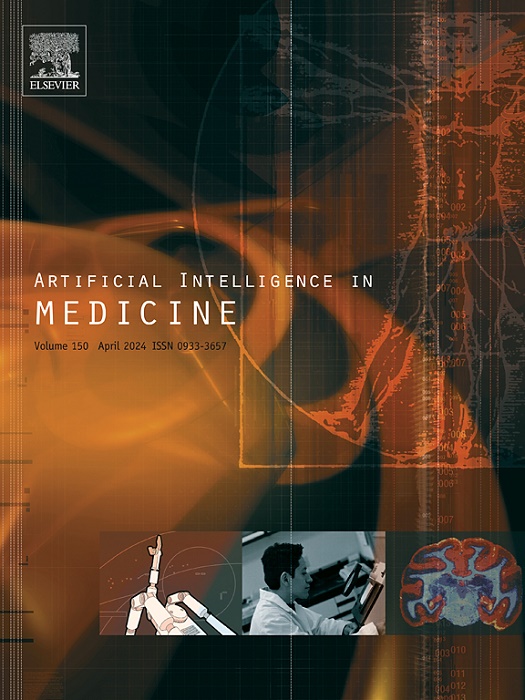Hybrid approach for drug-target interaction predictions in ischemic stroke models
IF 6.1
2区 医学
Q1 COMPUTER SCIENCE, ARTIFICIAL INTELLIGENCE
引用次数: 0
Abstract
Multiple cell death mechanisms are triggered during ischemic stroke and they are interconnected in a complex network with extensive crosstalk, complicating the development of targeted therapies. We therefore propose a novel framework for identifying disease-specific drug-target interaction (DTI), named strokeDTI, to extract key nodes within an interconnected graph network of activated pathways via leveraging transcriptomic sequencing data. Our findings reveal that the drugs a model can predict are highly representative of the characteristics of the database the model is trained on. However, models with comparable performance yield diametrically opposite predictions in real testing scenarios. Our analysis reveals a correlation between the reported literature on drug-target pairs and their binding scores. Leveraging this correlation, we introduced an additional module to assess the predictive validity of our model for each unique target, thereby improving the reliability of the framework's predictions. Our framework identified Cerdulatinib as a potential anti-stroke drug via targeting multiple cell death pathways, particularly necroptosis and apoptosis. Experimental validation in in vitro and in vivo models demonstrated that Cerdulatinib significantly attenuated stroke-induced brain injury via inhibiting multiple cell death pathways, improving neurological function, and reducing infarct volume. This highlights strokeDTI's potential for disease-specific drug-target identification and Cerdulatinib's potential as a potent anti-stroke drug.

求助全文
约1分钟内获得全文
求助全文
来源期刊

Artificial Intelligence in Medicine
工程技术-工程:生物医学
CiteScore
15.00
自引率
2.70%
发文量
143
审稿时长
6.3 months
期刊介绍:
Artificial Intelligence in Medicine publishes original articles from a wide variety of interdisciplinary perspectives concerning the theory and practice of artificial intelligence (AI) in medicine, medically-oriented human biology, and health care.
Artificial intelligence in medicine may be characterized as the scientific discipline pertaining to research studies, projects, and applications that aim at supporting decision-based medical tasks through knowledge- and/or data-intensive computer-based solutions that ultimately support and improve the performance of a human care provider.
 求助内容:
求助内容: 应助结果提醒方式:
应助结果提醒方式:


